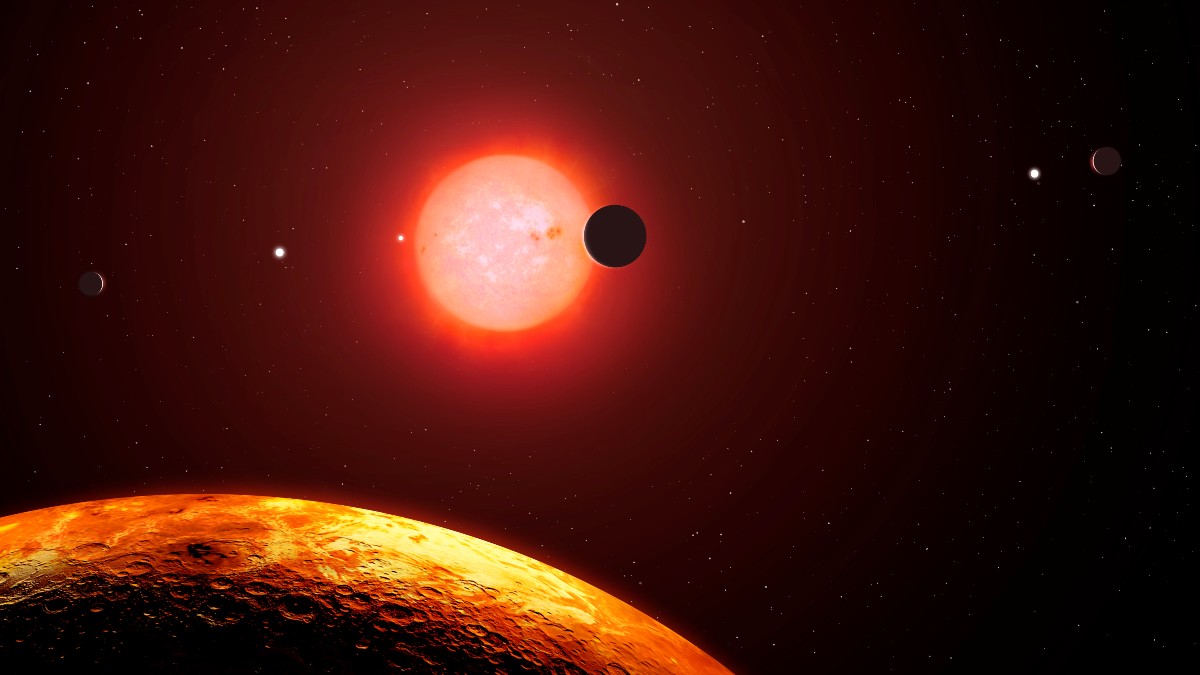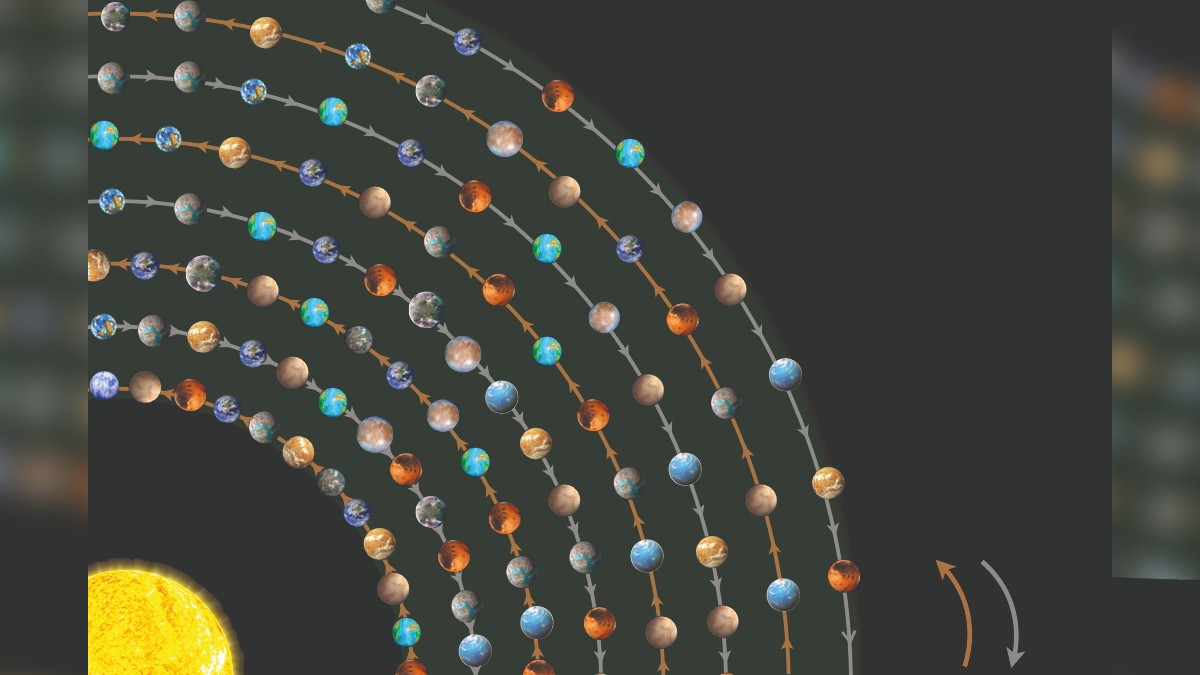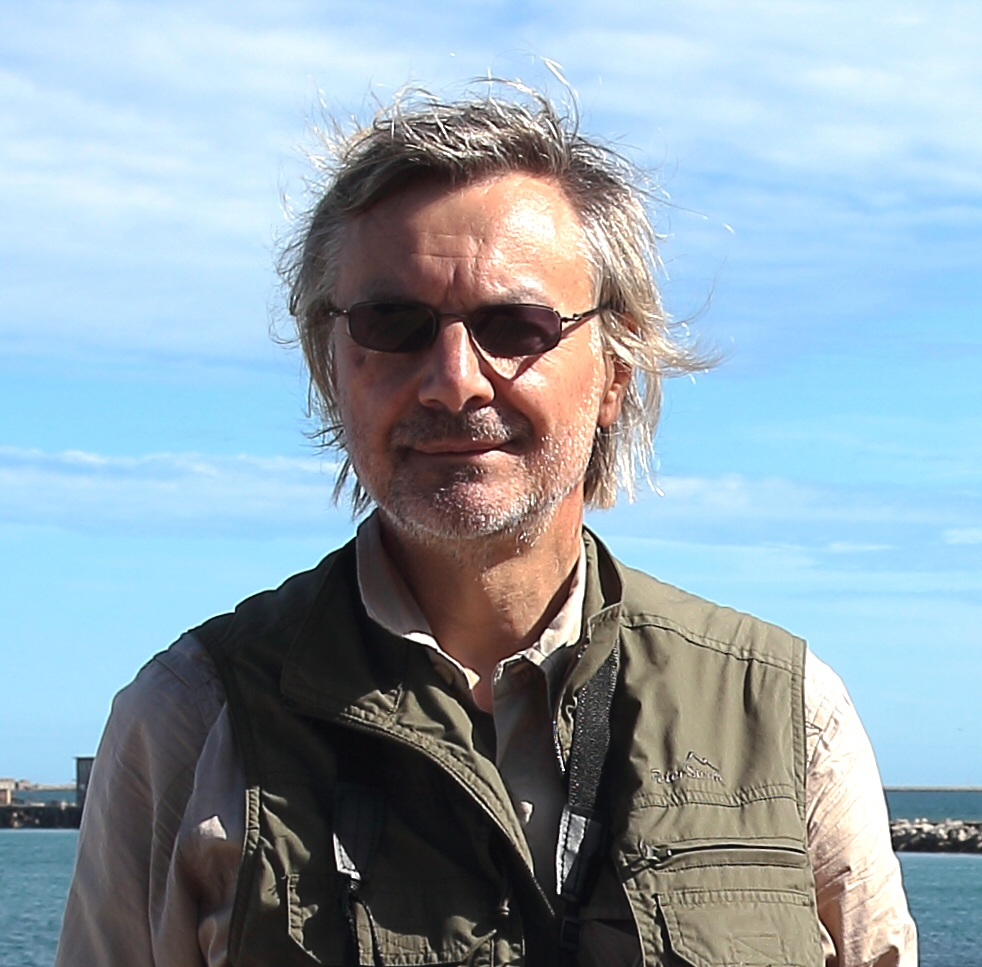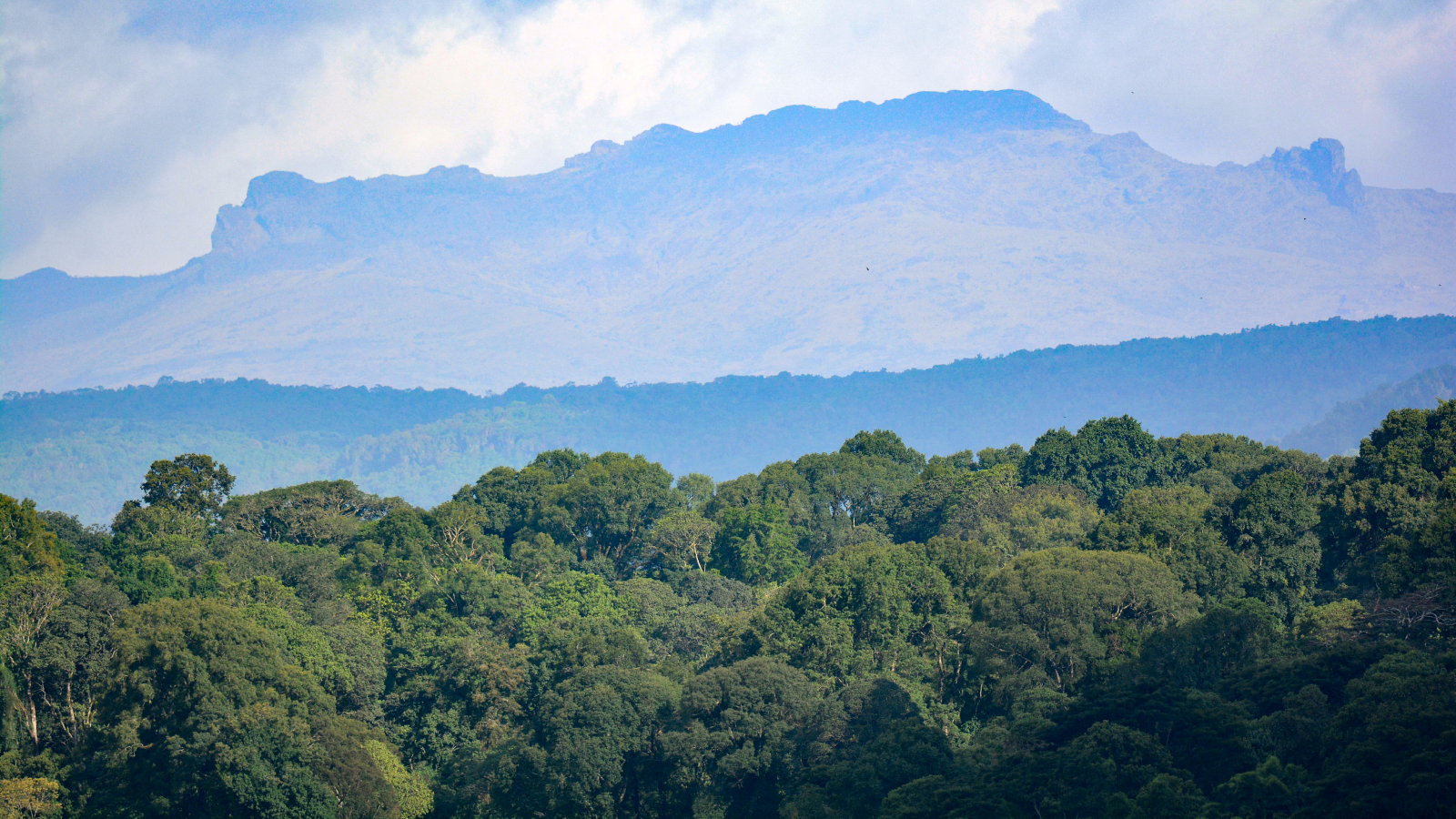The Goldilocks zone: The place in a solar system that's just right
The Goldilocks zone is a place where planetary temperatures allow liquid water to exist.

The Goldilocks zone gets its name from the fairy tale, "Goldilocks and the Three Bears". Goldilocks is a fussy little girl whose porridge has to be just right — neither too hot nor too cold. It’s the same with life itself — or at least, the kind of water-based life we’re familiar with on Earth.
For a planet has to be "just right", or able to support life, it cannot be so cold that water only exists as frozen ice, and it cannot be so hot that the water all boils away. Only planets within a certain range of orbits dubbed the "Goldilocks zone" — or formally known as the "habitable zone" — are thought to be capable of supporting life.
Habitable zone definition
If a planet’s orbit takes it too close to its parent star then it will be too hot for liquid water to exist, and if it’s too far out it will be too cold. However, the actual distances involved, that define the of the habitable zone, vary between stars.
Our own sun is a G-type yellow dwarf, and there’s no doubt where its habitable zone lies because the Earth occupies this zone, orbiting around 93 million miles (150 million kilometres) from the star.
But for M-type red dwarfs, which are smaller and cooler than the sun, the habitable zone lies much closer to the star. For a larger, hotter A-type star like Sirius, the Goldilocks zone is further out, according to NASA.
For astrobiologists, who search for life on other planets, being in the habitable zone is just one of the factors they have to think about. Take our own moon, for example. It obviously lies in the Goldilocks zone because it’s so close to Earth, yet there’s no liquid water on its surface.
This is because atmospheric pressure and composition also have to be taken into account, according to Space.com. This makes the moon, which has no atmosphere to speak of, incapable of supporting life on its own.
Get the world’s most fascinating discoveries delivered straight to your inbox.
It’s also important not to read too much into the word "habitable". Even if conditions on a planet are exactly right for the existence of liquid water, this doesn’t necessarily mean it’s inhabited. Scientists haven’t yet worked out exactly the origins of life on Earth, so we don’t know what other subtle ingredients are necessary in addition to water and an atmosphere.
Our own solar system is the most studied of all planetary systems. Theoreticians have worked out where its Goldilocks zone ought to be, by estimating the surface temperature of a planet based on the amount of solar heating it receives.
So far, the results agree with what we know from observations. The Earth — a very watery planet that’s teeming with life — is situated comfortably inside the habitable zone. Mars, which had plenty of water in the past but is a barren desert today, is right on its outer edge. At the inner edge is Venus — a boiling hot planet, thanks both to its proximity to the sun and its super-thick atmosphere, according to NASA.
Exoplanets in the goldilocks zone
The discovery of new exoplanets orbiting distant stars has become almost commonplace. But it’s always exciting when one is found within its parent star’s Goldilocks zone.
That happened in 2016 in the case of Proxima B, which orbits the sun’s nearest neighbour in space — the red dwarf Proxima Centauri, just over 4 light-years away. This is so small and dim that its habitable zone is located at very close range, but Proxima B - which whizzes around the star once every 11 days — is safely inside it, according to the European Southern Observatory (ESO).
Another much-studied red dwarf is Trappist-1. At around 40 light-years, it’s further away than Proxima but still a close neighbour in cosmic terms. Trappist-1 is remarkable in having seven known rocky planets, three of them lying within the star’s Goldilocks zone, according to NASA.
It’s possible that water is present on all seven planets, though only in a liquid state on the three inside the habitable zone. It would take the form of atmospheric water vapour on planets closer to the star, or ice on the most distant of them. Astronomers are understandably keen to learn more about the Trappist-1 system, and it’s one of the planned targets for the James Webb Space Telescope.
The Ultimate Engineered solar system
When a solar system forms, there’s no reason planets should preferentially occur in the habitable zone, and the TRAPPIST-1 system is unusual in having as many as three planets there.
But from a theoretical perspective, is there an upper limit to how many planets can be squeezed into the Goldilocks zone? That’s a question astrophysicist Sean Raymond addressed on his blog planetplanet.net .

It turns out there is indeed a theoretical limit, beyond which the system becomes unstable because the planets are too close together. Raymond came up with what he calls "The Ultimate Engineered solar system", with a grand total of 412 planets in the habitable zone, arranged around eight concentric orbits that rotate in alternately prograde and retrograde directions.
Building theoretical solar systems
Here Sean Raymond, originator of the "Ultimate Engineered solar system", discusses his work.

How did you come to create such a strange arrangement of planets?
"My day job is to understand how planetary systems form, what makes the solar system different from exoplanet systems that we’ve discovered, and what types of orbital configurations are stable and which aren’t. I wanted to figure out what type of orbital architecture would maximise the number of planets in the habitable zone - remaining stable but without having to worry about how the system would have formed. Luckily, I could use several recent papers by scientists as inspiration. I also tested the craziest systems using computer simulations to make sure everything held together."
Why do you call it the ultimate "engineered" solar system?
"Originally I built two systems, each with about 30 planets in the habitable zone. Those systems could plausibly form in nature, if just the right series of events took place (like rolling sixes on two dice ten times in a row). But I can’t imagine how the Ultimate Engineered solar system could form naturally. A system with equally-spaced planets, distributed along rings orbiting in opposite directions, is just impossible as far as I know. So, if such a system exists, I would argue that it must have been built on purpose, presumably by the engineers of a super-advanced civilisation."
If such a system really existed, how could we detect it from Earth?
"It would be pretty tricky to detect, because the signals we measure to infer the presence of exoplanets - typically, the radial velocity or transit signals - could end up being so confusing that they might be mistaken for noise in the case of the ultimate engineered system."
Additional resources
for more information about the Goldilocks zone, check out "The Goldilocks Zone: Conditions Necessary for Extraterrestrial Life (Search for Other Earths)" by Laura La Bella and this video on the habitable zone produced by ESA.
Bibliography
- Michele Johnson, "Habitable Zones of Different Stars", NASA, December 2009.
- Paul Sutter, "We don't really understand the habitable zones of alien planets" space.com, February 2021.
- Sean Raymond, "The Ultimate Engineered Solar System", planetplanet.net, accessed April 2022.
- NASA, "What Is the Habitable Zone?", 2021
- Sara Rigby, "What does it mean if an exoplanet is 'habitable'?", Science Focus, 2020
- ESO, "Planet Found in Habitable Zone Around Nearest Star", August 2016
- NASA, "Largest Batch of Earth-size Habitable Zone Planets Found Orbiting TRAPPIST-1", accessed April 2022.

Andrew May holds a Ph.D. in astrophysics from Manchester University, U.K. For 30 years, he worked in the academic, government and private sectors, before becoming a science writer where he has written for Fortean Times, How It Works, All About Space, BBC Science Focus, among others. He has also written a selection of books including Cosmic Impact and Astrobiology: The Search for Life Elsewhere in the Universe, published by Icon Books.


